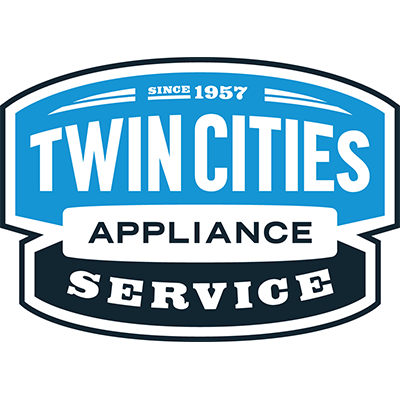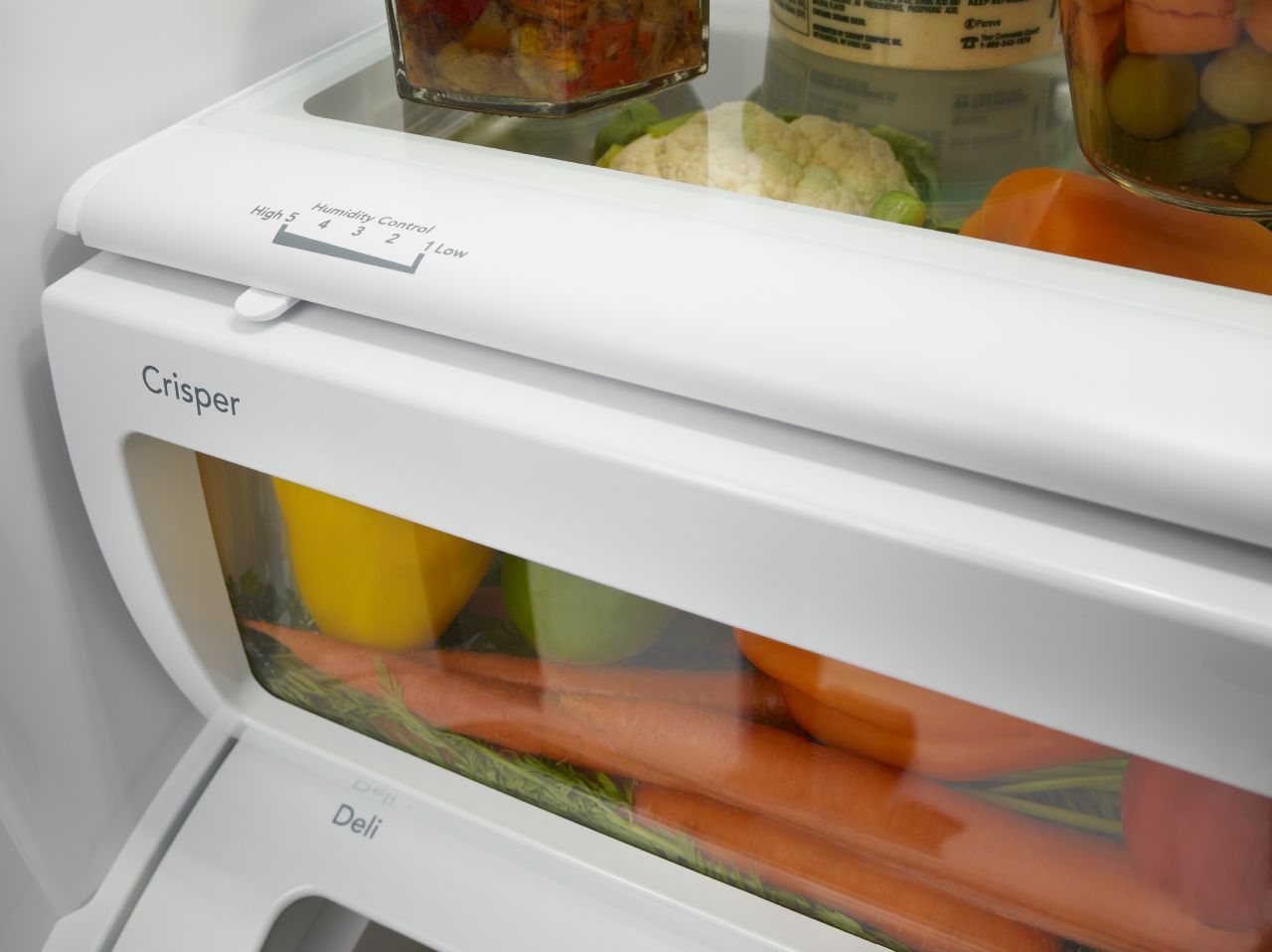
As cooling your food is its primary function, a refrigerator that is not cooling anymore is a big problem. Unfortunately, unlike other problems that have one very specific cause, a refrigerator not cooling is a broad problem that can be caused by many different malfunctions. Obviously, the quickest way to repair your refrigerator is to call a professional appliance repair technician. However, some issues you very well may be able to solve yourself. You will need to run through the list of potential issues to see if this is indeed something you can handle or if you are in a bit over your head with the needed repair.
What to Check When Your Refrigerator Isn’t Cooling
If you have decided to troubleshoot this issue, then you will want to have a multimeter and your owner’s manual among your tools. The owner’s manual will help you quickly locate all the potential malfunctioning parts on the list and the multimeter will help you concretely check them.Now, as to what you should be checking when your refrigerator is no longer cooling, common culprits include:
- Faulty Temperature Controls — If your refrigerator is still slightly cool, it always merits checking that the temperature dial is set to an appropriate temperature. It is a simple fix and requires no disassembly. However, there is always the potential that the thermostat in your refrigerator has gone faulty and is not reading correctly.
- Clogged Vents — In truth, your refrigerator does not manufacture cool air for the fresh food compartment. Instead, it actually cools the freezer, then pumps that air through a vent into the fresh food compartment. As such, if your freezer is still cool, but the fresh food compartment is warm, examining the vent has some merit. It could be simply blocked by food items that need moved.
- Dirty or Leaking Condenser Coils — The condenser coils are responsible for dissipating the heat from your refrigerator and integral to the cooling process. However, over time they may accumulate quite a bit of dust. This makes them struggle to perform their function. Cleaning them off can help your refrigerator cool more efficiently. However, cleaning them will also allow you to check for leaks. If you do find a substance other than condensation on the coils, it is a big deal. The refrigerant is toxic and supposed to operate in a closed loop. Unfortunately, the repair needed will be costly and it may be more cost-efficient to consider replacing the refrigerator.
- Faulty Defrost — The defrost function in your refrigerator is responsible for keeping ice build up in your freezer to a minimum by heating and melting it away. However, if the defrost is malfunctioning and is always on, your refrigerator will not cool. If this is the cause you will likely notice your refrigerator running almost constantly in order to try to cool.
- Faulty Door Switch — While not applicable in every refrigerator, in some newer models they come equipped with a door switch. In truth, most refrigerators have a door switch, but they were once only simply in charge of turning on the light when you open the door. In newer models, the door switch will also shut off any active cooling cycle. This prevents energy waste when you need to grab items or otherwise load the refrigerator. If the switch is malfunctioning, it may stop the cooling cycle because it does not read the door as closed.
Once you have located any of the above culprits, you will want to test them with a multimeter in order to determine if they are faulty. From there, often replacement is as simple as removing the mounting screws and disconnecting the wire harness.
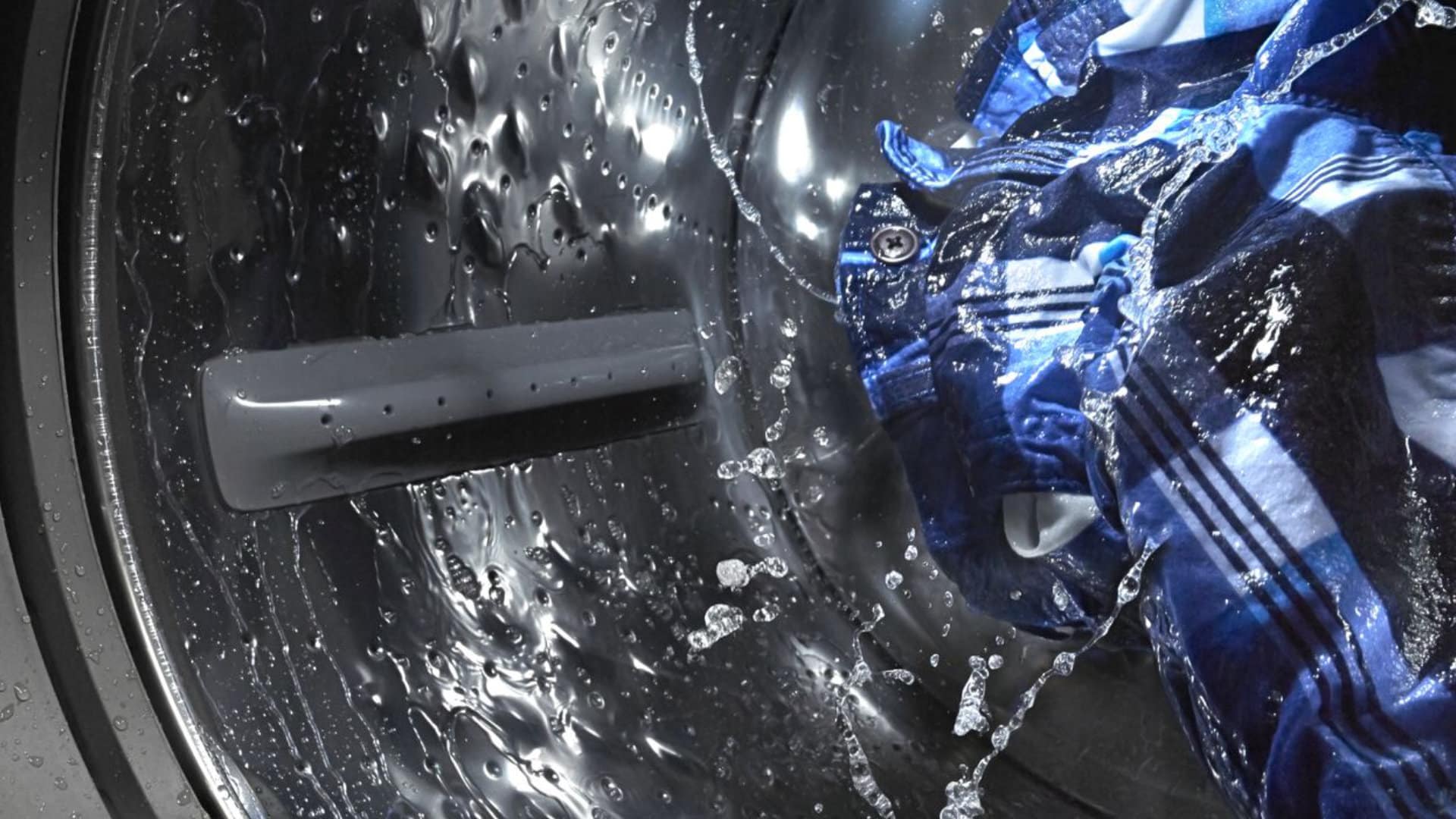
How to Fix the Whirlpool Washer F5 E3 Error Code
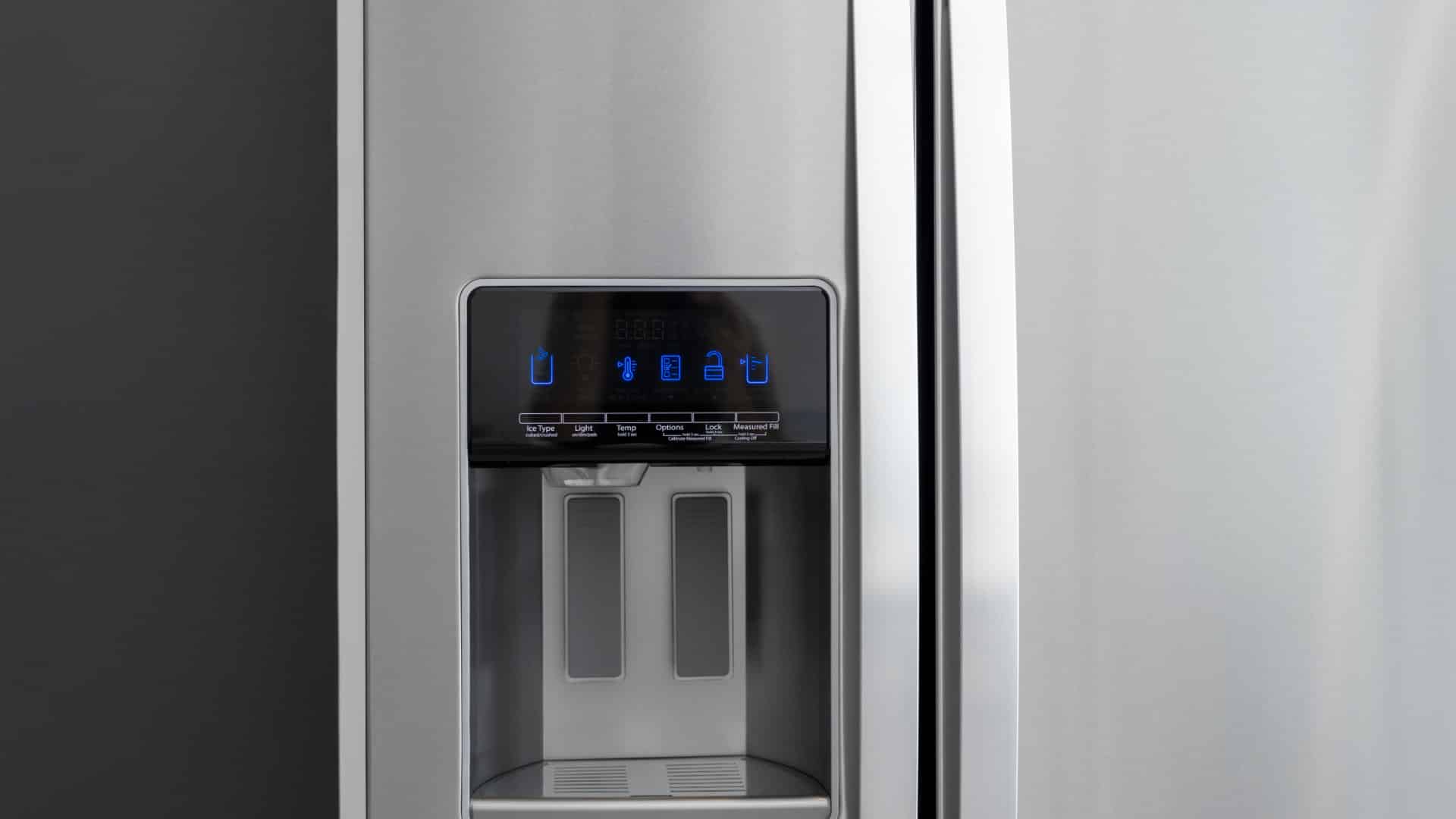
10 Steps to Clean Your Fridge Water Dispenser
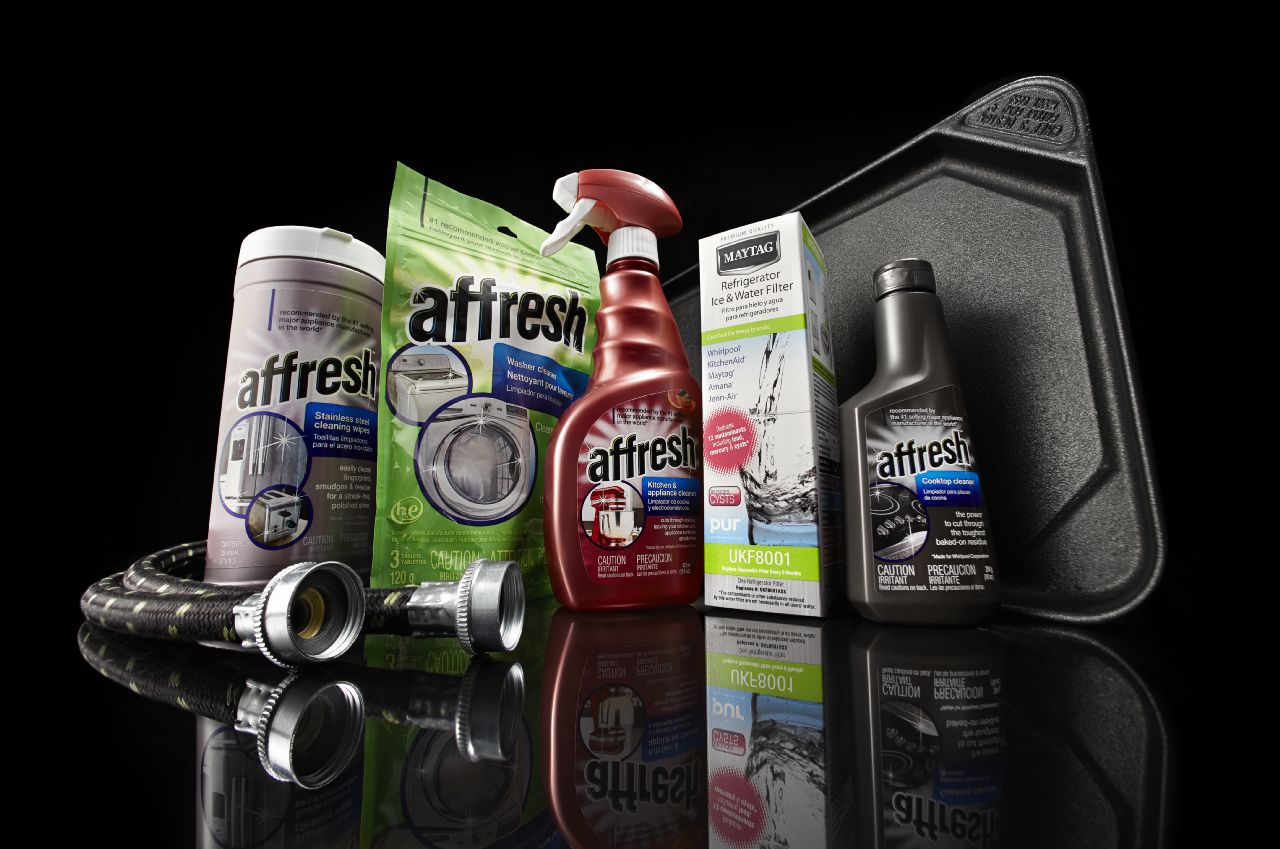
How to Replace a Whirlpool Refrigerator Water Filter
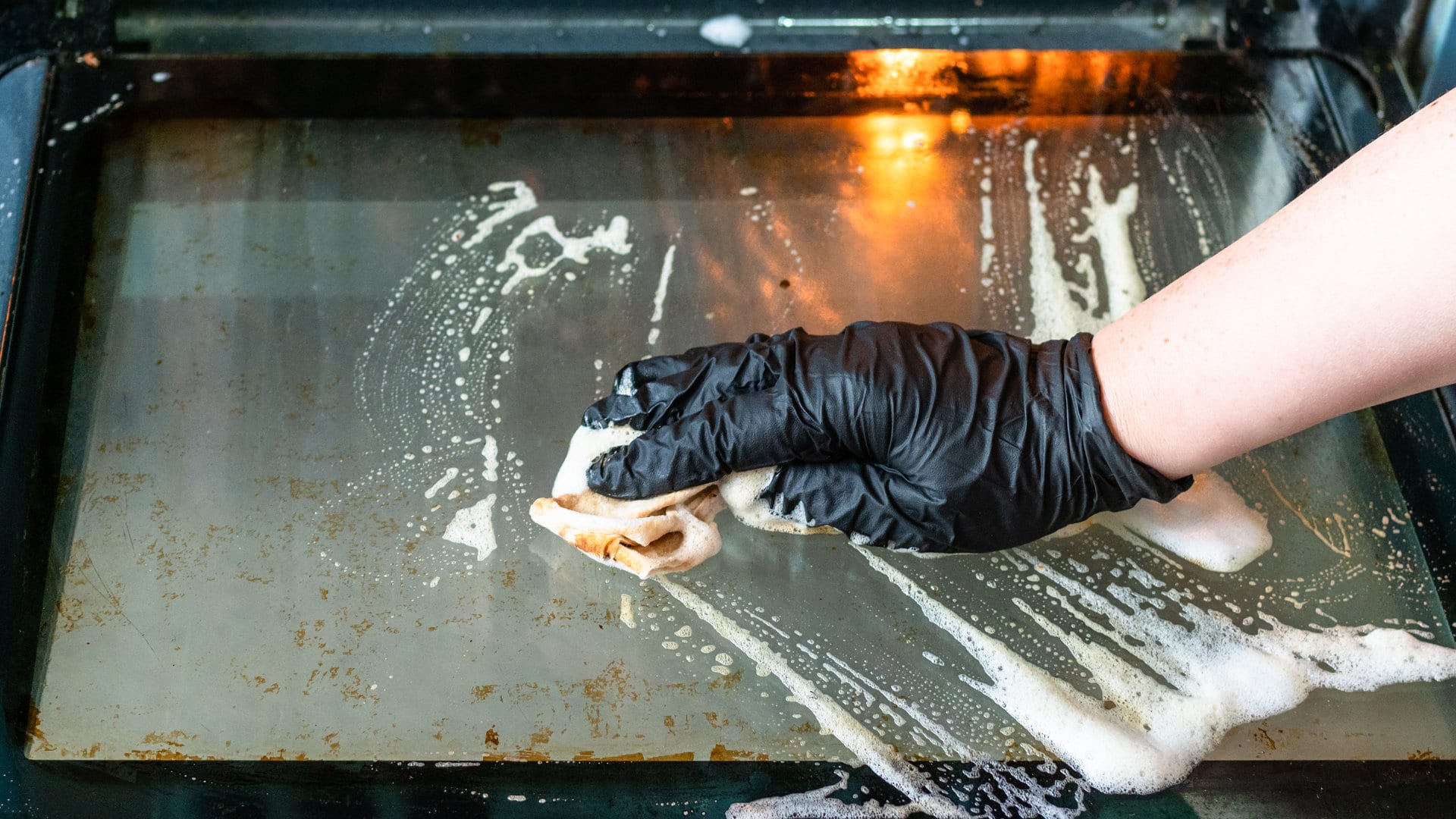
How to Clean an Oven Glass Door (3 Easy Methods)
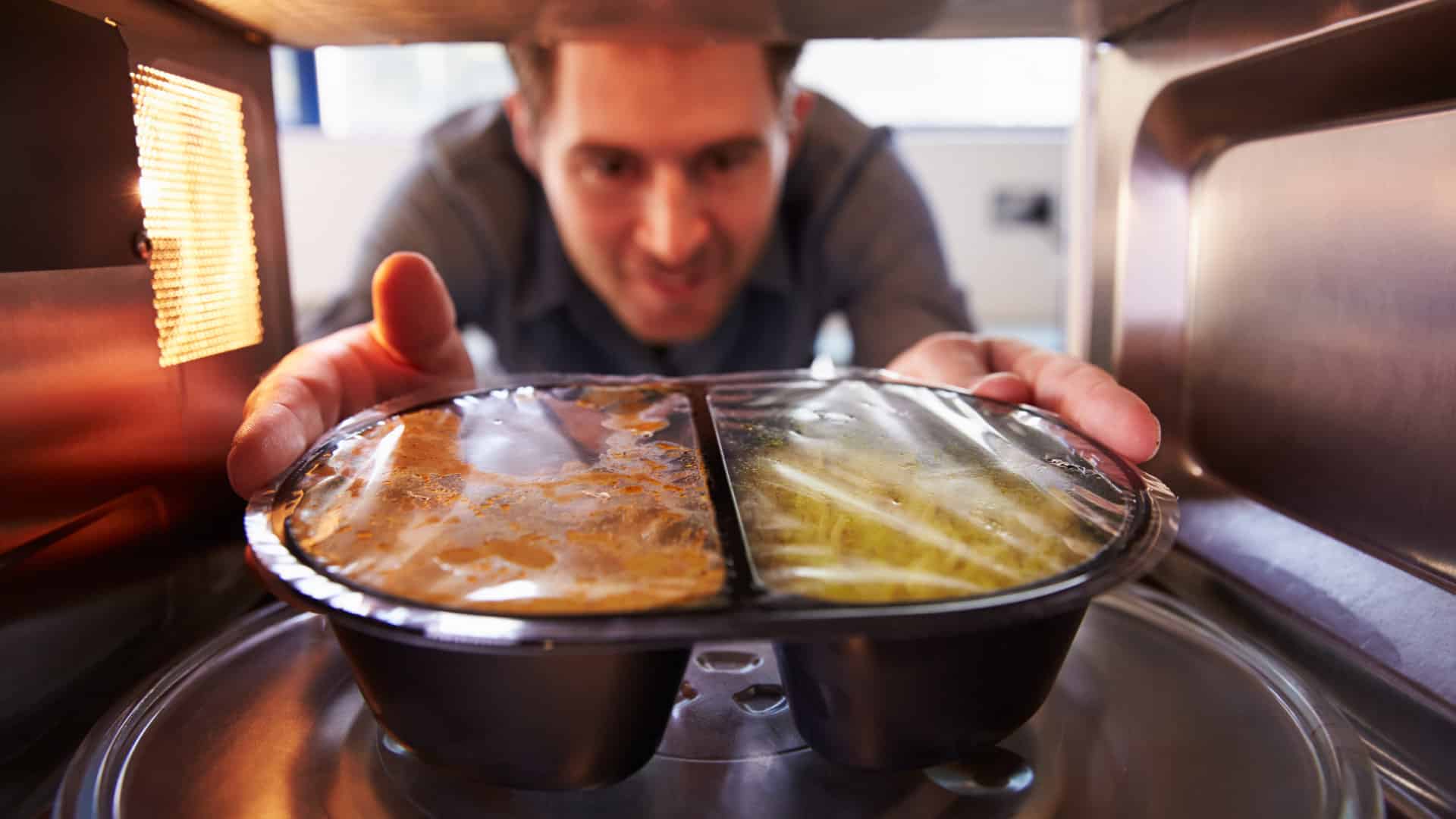
Why Your Microwave Plate Is Not Spinning
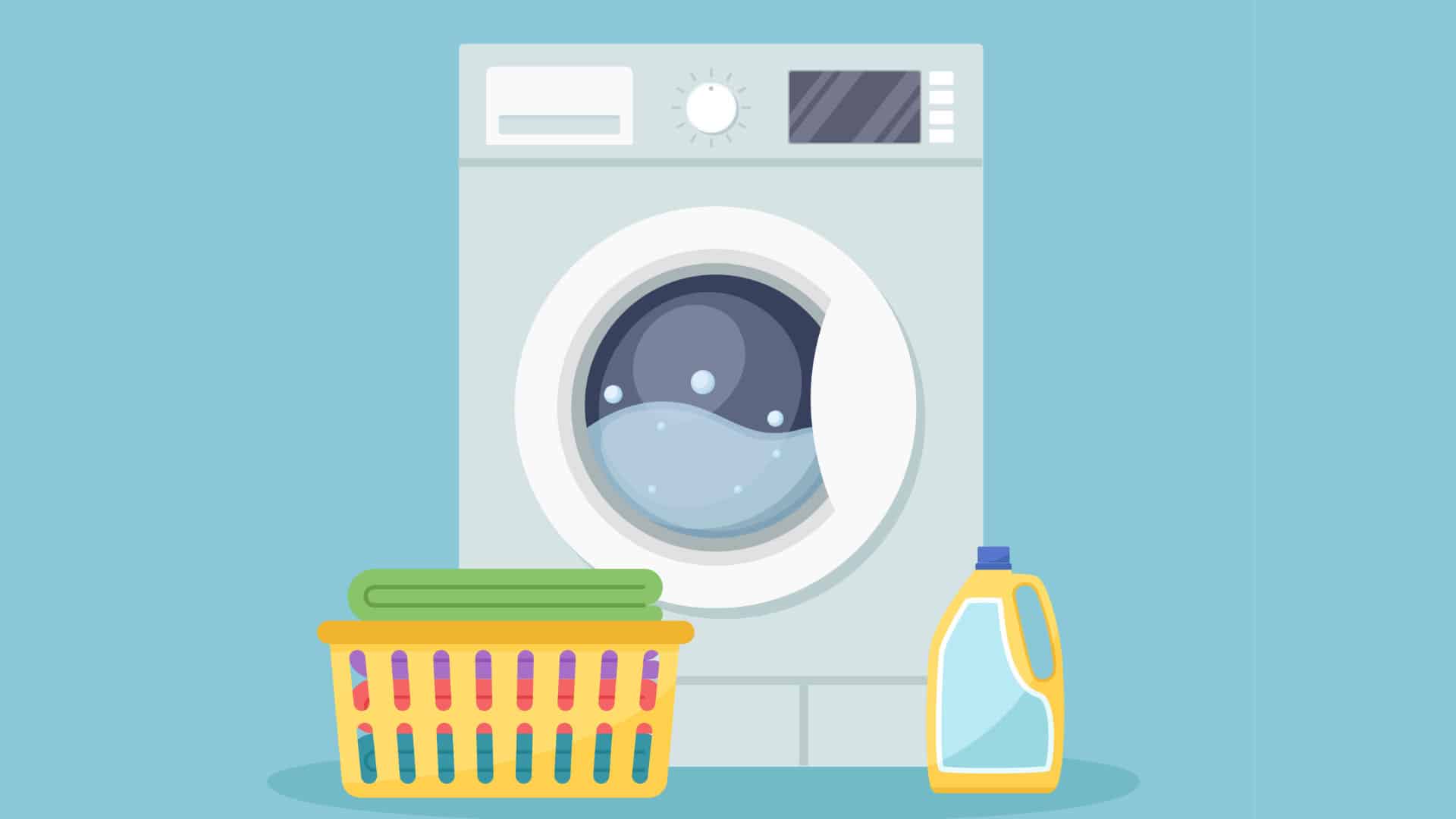
Washer Spin Cycle Not Working? Here’s Why
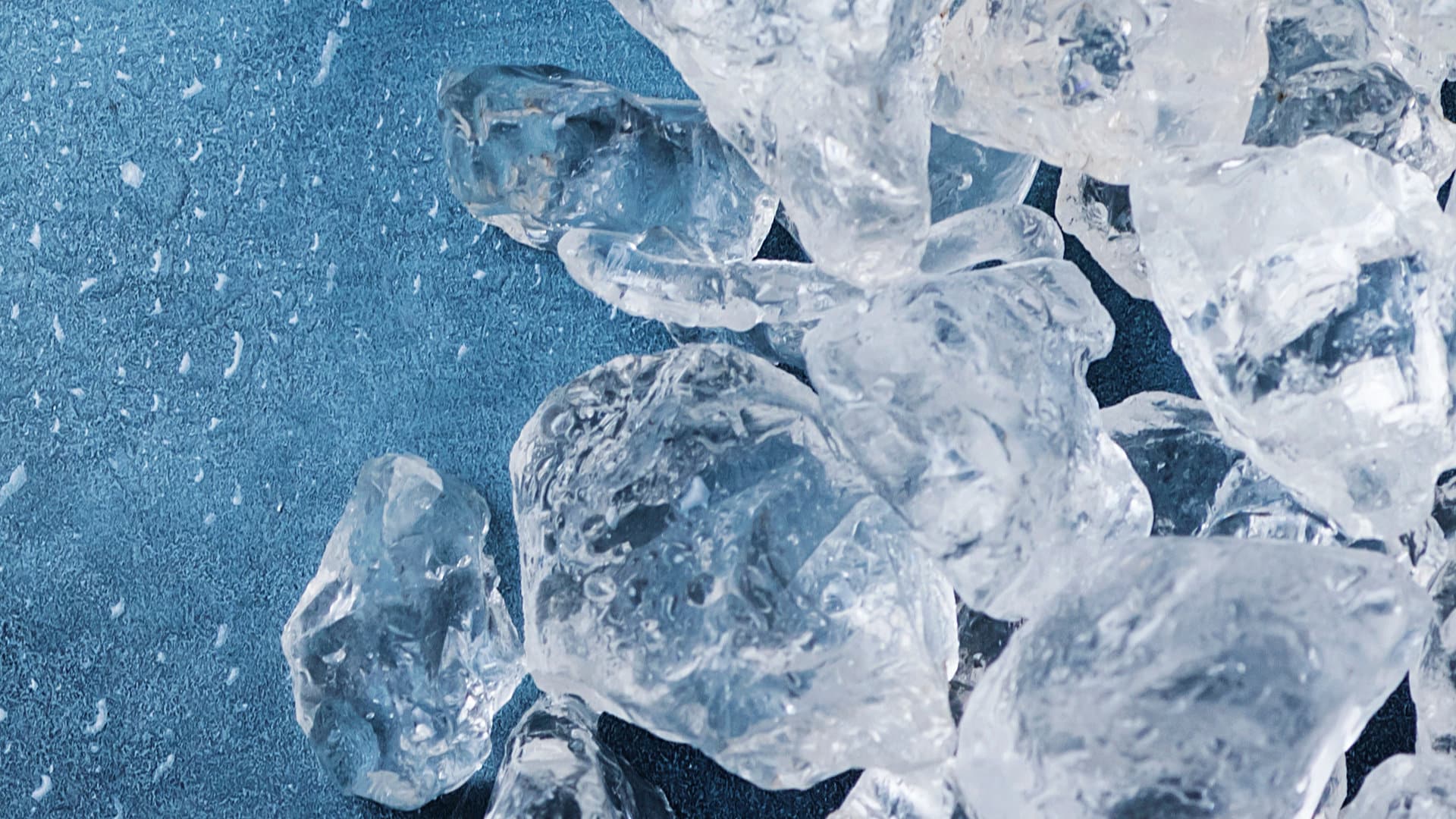
How to Fix a Slow Ice Maker
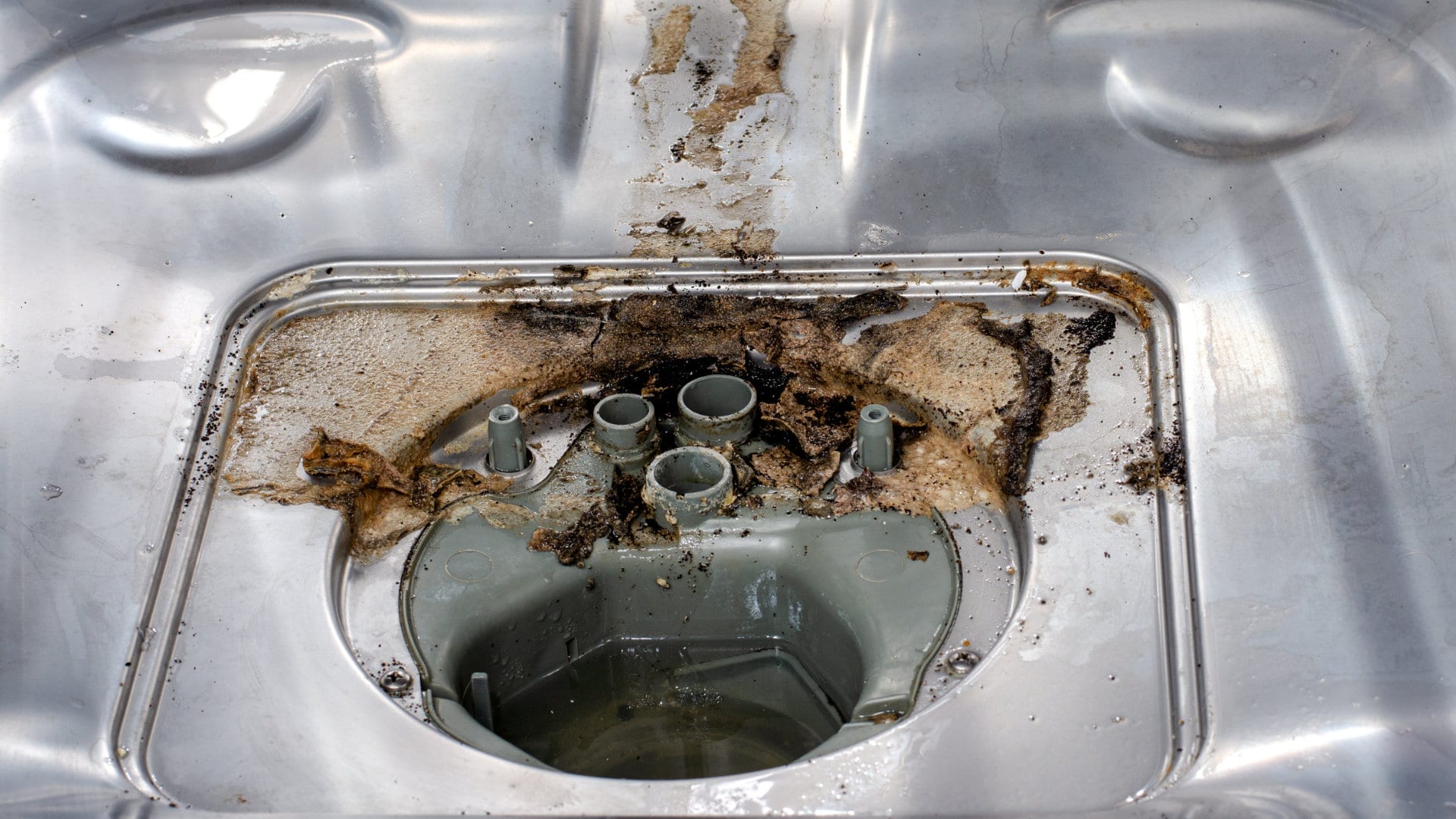
Why Does My Dishwasher Smell like Sewage?
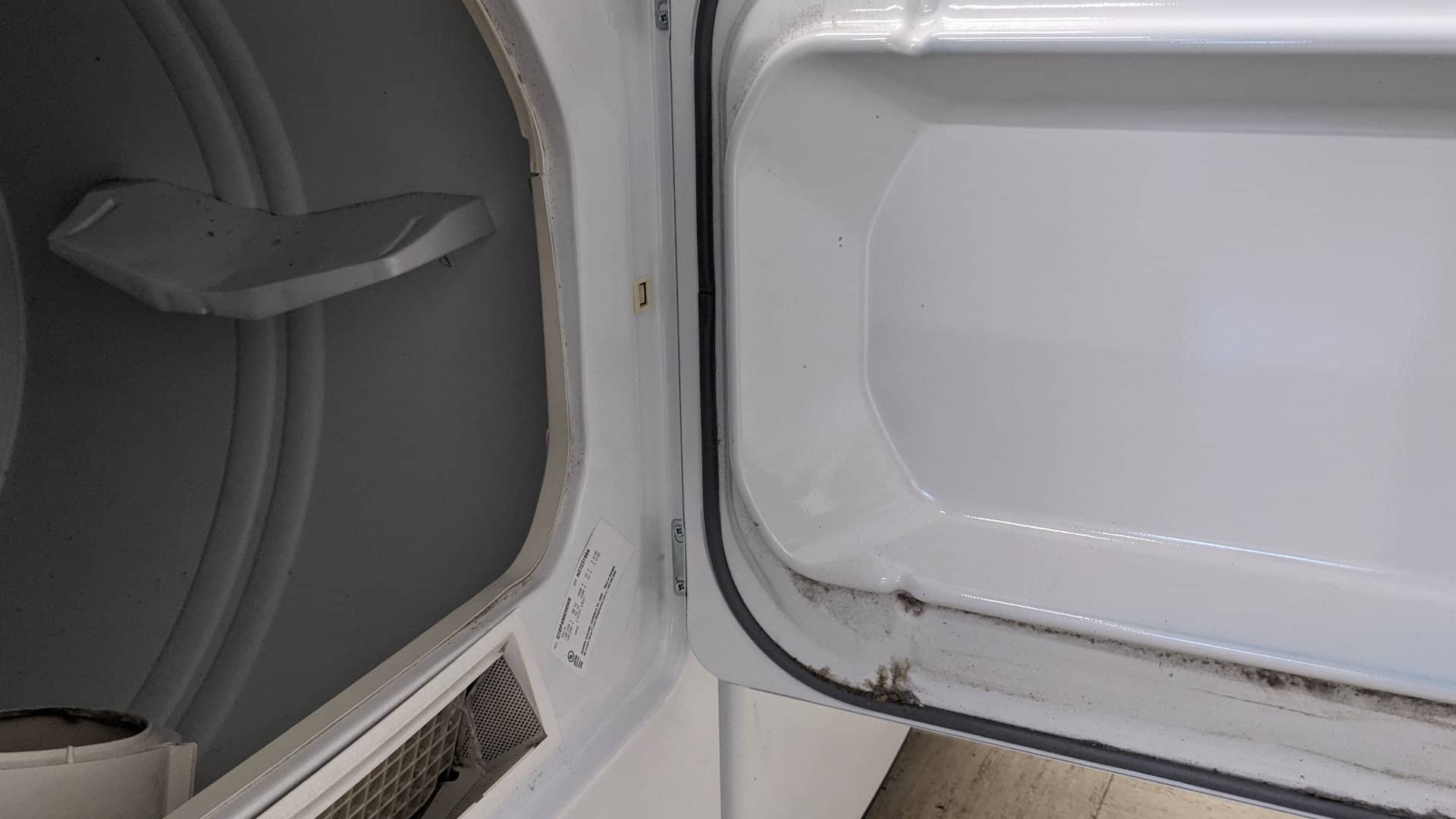
What Causes a Dryer to Overheat? (and How to Fix It)


